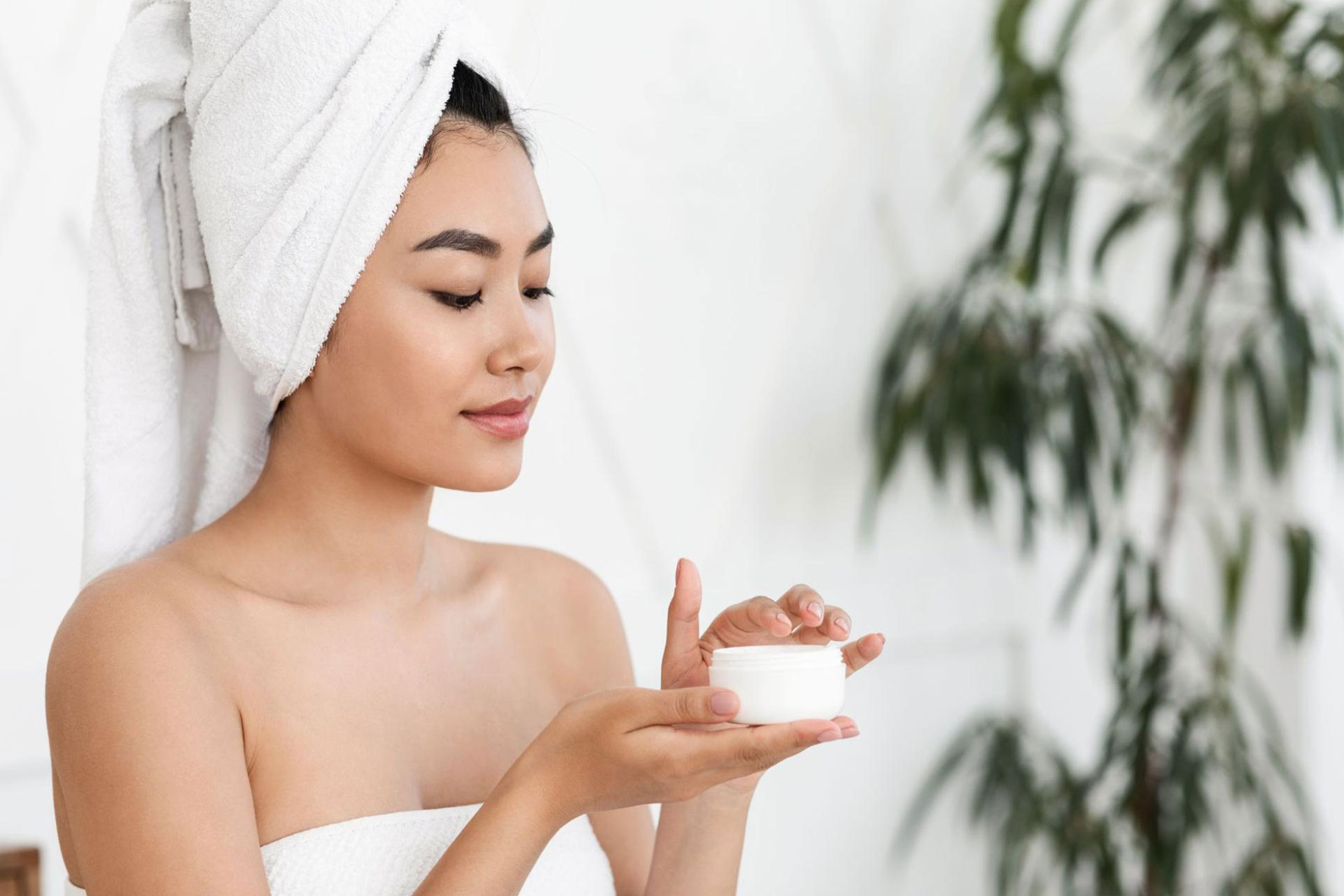6 Clear Signs That Your Moisturizer is Not Working for You

While it’s evident that there are benefits of moisturizing your skin, it still does not guarantee that every moisturizer in the market will produce good results. If you’ve been into skincare products and anything that has to do with skin care, you will know that what worked for others won’t necessarily work for you — the same goes for every moisturizer out there. Unfortunately, no matter how much money we spend on a seemingly good moisturizer, if it does not deliver or it damages your skin, it means it is not working for you. But how do you know when a moisturizer is not working for your skin? Here are signs that will help point it out:
1. You’re Experiencing Breakouts
For instance, if you try a new moisturizer and suddenly start breaking out while using it for a couple of days, it can be a sign that your skin is reacting negatively to the moisturizer. That’s why if you have sensitive and acne-prone skin, it’s best to be mindful of the skincare products you use such as a moisturizer. Opt to use a lightweight moisturizer such as a gel type of moisturizer or a serum, so it doesn’t feel all too heavy and greasy on the skin. Cream-type moisturizers tend to clog the pores, producing more oil and resulting in breakouts. To avoid clogging the pores, choose a moisturizer that says ‘non-comedogenic’ or ‘oil-free’ on the label.
Related: 3 Helpful Tips on How to Choose a Moisturizer for Every Skin Type
2. Bumps are Appearing
You may mistake bumps for acne, but they are different. The bumps you see on your face are referred to as milia — they are small, bump-like cysts found under the skin, and can appear on the cheeks, forehead, eyelids, and basically anywhere. Avoid using a body moisturizer or a heavy cream on your face because it can cause more bumps or milia to appear. When this happens, don’t try to pop them because it will only get your skin more irritated. Instead, wash your face with a gentle cleanser and exfoliate at least 2 or 3 times a week.
3. Your Skin is Still Dry
For people with dry skin, moisturizers are extremely important since it helps hydrate the skin and keep it from developing dry patches and other irritations. That’s why if your skin still feels dry after applying moisturizer, it’s a clear sign that your moisturizer is not working properly for you. If you notice that there are not only dry patches on your face, but also some peeling and cracking after continuously applying the same moisturizer, you need to stop using it and look for another option.
4. Rashes and Redness Show Up
Once rashes and redness show up on our skin, we automatically know that our skin reacted negatively towards either something we ate or something we applied on our face. If you’re using a new moisturizer and suddenly develop rashes and redness on your face, it may be because you are allergic to one of the ingredients of the moisturizer or you may have combined the wrong active ingredients, which has led your skin to get irritated.
When this kind of irritation happens, don’t try to solve it on your own. Consult with a dermatologist as to what would be the best approach. Also, stop using the moisturizer at once, so your skin will not worsen. If you have sensitive skin, opt for a moisturizer that is lightweight and fragrance-free.
Related: Skin Care 101: What Skincare Ingredients Shouldn’t Be Mixed Together?
5. Excessive Oiliness
You can easily tell whether your skin is extra oily today or just glowing from the moisturizer you used the night before. If you notice that your skin looks and feels oilier than it usually is and it feels heavy, then your moisturizer may be the one that’s causing it — and that’s not supposed to happen. Don’t mistake excessive oiliness for glowing skin. Glycolic acid, niacinamide, and hyaluronic acid are some of the ingredients that you should be looking for in moisturizers. These ingredients are naturally lightweight and do not clog the pores, which makes them ideal for people with oily and acne prone skin.
Related: Skin Care for Oily Skin: The Top Ingredients to Look for When You Have Oily Skin
6. You Feel Stinging and Burning on Your Face
Keep in mind that you shouldn’t be feeling any stinging or burning sensation when you apply skincare products to your face. They’re supposed to be gentle on the skin. When it stings or burns, then there’s something wrong with the product or it may contain harsh ingredients that cause irritation on your skin. So if you experience this kind of sensation after applying a moisturizer or any skincare product on your face, discontinue using it immediately.
Tip: Do practice patch testing a new skincare product and apply it first on your hand, behind the ear (or any areas that are not quite visible) before spreading a generous amount of it on your whole face. Doing so will help you determine whether the product is compatible with your skin type, and avoid potential irritations or damage.
Are you looking for Skincare Products in the Philippines? Visit our page! We have a variety of items for you to browse! Like our Facebook page for updates!
